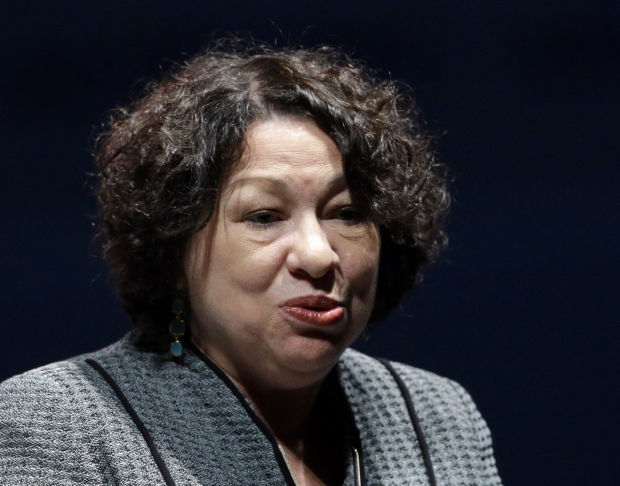PHOENIX — A University of Arizona police officer is likely off the legal hook for shooting a woman who posed no threat to him or his fellow officers.
In a divided decision Monday, the majority of the U.S. Supreme Court said there was evidence that Andrew Kisela was entitled to qualified immunity in the 2010 shooting of Amy Hughes. The justices said that given the information Kisela and other police officers had at the time, they had reason to believe Hughes, holding a large kitchen knife, posed an immediate danger to her roommate.
Monday’s ruling does not mean Kisela is off the legal hook in the civil suit filed by Hughes who, according to her attorney, suffered permanent injuries and has ongoing pain as well as emotional distress.
But Vince Rabago, one of the lawyers representing Hughes, said that, given the high court’s conclusion, it would be nearly impossible for her to pursue her legal claim.
Monday’s decision has implications beyond this case.
In her dissent, Justice Sonia Sotomayor said the ruling “sends an alarming signal to law enforcement officers and the public.
“It tells officers that they can shoot first and think later,” she wrote for herself and Justice Ruth Bader Ginsburg. “And it tells the public that palpably unreasonable conduct will go unpunished.”
And attorney David Shapiro, who argued the case at the Supreme Court, called it “a disappointing ruling with troubling implications for police accountability.”
But Arizona Attorney General Mark Brnovich said he disagrees.
“It’s a terrible, terrible tragedy,” he said. “But I think legally the Supreme Court got it right.”
Brnovich said, however, that the ruling may point out the need for better oversight.
“I think as a society, as a state, there needs to be a broader examination when it comes to law enforcement and the use of force, and to ensure that it truly is a last resort,” he said. That, he said, includes “how these cases are being investigated, who’s doing the investigating, and to ensure that justice is done regardless of who the shooter is and who the shooter isn’t.”
But that, he said, will take legislation.
“I can’t force police departments to change the rules of engagement,” Brnovich said. “I can’t create a system where maybe the AG’s office is investigating officer-involved shootings.”
According to court records, three UA officers responded to an off-campus report of a person hacking a tree with a knife.
When they arrived, they saw Hughes emerge from her house carrying a large kitchen knife. When she began to walk toward Sharon Chadwick, police yelled for her to drop the knife.
Chadwick, who lived with Hughes, later submitted an affidavit saying Hughes was composed and not threatening. And in talking with police afterwards, Chadwick said Hughes had been diagnosed with bipolar disorder, was taking medication and that she did not understand what was happening when police yelled for her to drop the knife.
The justices, however, noted that Kisela testified he shot Hughes because, although she posed no danger to him and the other officers, he believed she was a threat to Chadwick. The majority said all this information that was later developed was not known to Kisela at the time.
“Kisela had mere seconds to assess the potential danger to Chadwick,” the justice wrote in the unsigned opinion. “He was confronted with a woman who had just been seen hacking a tree with a large kitchen knife and whose behavior was erratic enough to cause a concerned bystander to call 911 and then flag down Kisela and (Alex) Garcia,” another UA police officer.
They said Kisela was separated from the woman by a chain-link fence, Hughes had moved to within a few feet of Chadwick and she failed to acknowledge at least two commands to drop the knife.
“This is far from an obvious case in which any competent officer would have known that shooting Hughes to protect Chadwick would violate the Fourth Amendment,” the justices wrote.
Sotomayor, however, said that the case should have gone to trial, where jurors would have decided what version of the evidence was true.





